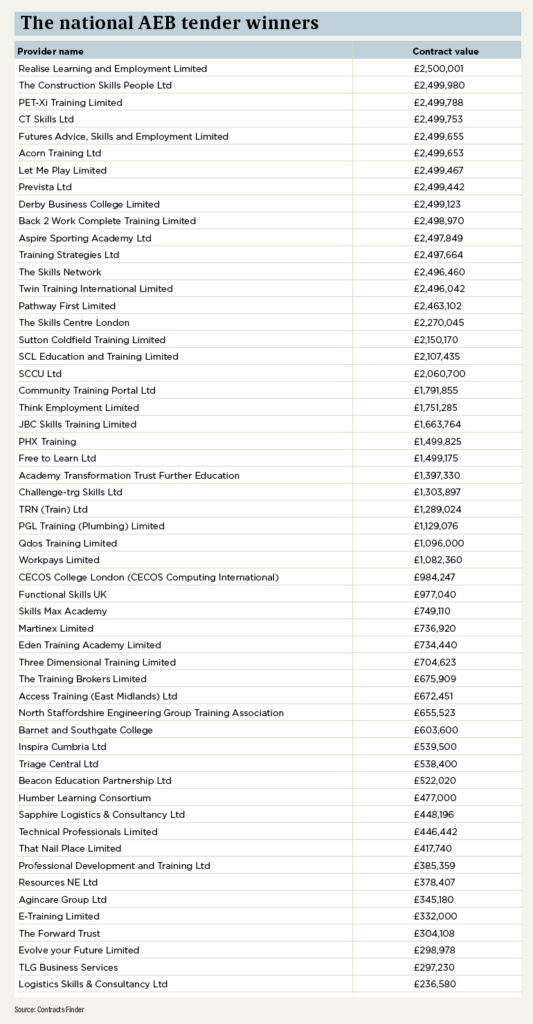Over two-thirds of college teachers could quit the sector over the next year if their pay does not improve, a survey has suggested as a nationwide college strike ballot opens.
Members of the University and College Union (UCU) will today begin to vote on whether to take industrial action across 89 colleges. The ballot will close on October 10.
The UCU, along with four other education unions, earlier this year asked for a pay increase of over 15 per cent due to inflation, a national workload agreement and binding national pay negotiations.
A survey of over 2,000 college workers, published today, revealed that almost all (96 per cent) said their income either does not cover their costs of living or only just about covers their cost of living.
Almost four in five respondents (79 per cent) said their financial situation is having an impact on their mental health, while more than two thirds (69 per cent) said they could leave the sector if pay does not improve.
Last year, the Association of Colleges recommended that colleges give staff a 2.5 per cent pay increase despite union demands for a 10 per cent uplift. The AoC has so far refused to make a pay offer recommendation for 2023/24.
In July the government announced that it will pump nearly an additional £500 million into colleges over the next two years to help fund pay rises. But the new funding will be added through the 16 to 19 funding formula, meaning colleges with larger 19+ student populations won’t get as much.
Allocations to reveal exactly how much extra funding colleges will each receive are yet to be published.
AoC chief executive David Hughes said it was “disappointing” to see UCU going ahead with ballots on pay “shortly before our mutually-agreed formal, meeting date to negotiate on the annual pay award”.
“We delayed making a recommendation earlier this year because we did not want to let government off the hook on funding. That clearly worked, with extra investment announced in July by the education secretary,” he added.
“As we clearly explained to UCU and the other unions, we cannot make a pay recommendation until colleges are clear about how much extra funding they will receive. Government is aiming to provide that clarity for colleges in the next couple of weeks.”
UCU general secretary Jo Grady said today’s survey findings “lay bare why our members will be voting in huge numbers to take strike action”.
She added: “College staff are the beating heart of our communities and transform the life chances of hundreds of thousands of students every year. But they are struggling to survive and pay is so low it is harming their mental health.”
The colleges being balloted are:
1. Abingdon and Witney College
2. Activate Learning
3. Askham Bryan College
4. Bath College
5. Bishop Auckland College
6. Blackburn College
7. Blackpool & The Fylde College
8. Bolton College
9. Bournemouth & Poole College
10. Bridgwater and Taunton College
11. Brockenhurst College
12. Brooklands College
13. Burnley College
14. Burton and South Derbyshire College
15. Bury College
16. Calderdale College
17. Cambridge Regional College (Camre)
18. Capital City College Group
19. Chelmsford College
20. Cheshire College South & West
21. Chesterfield College
22. Chichester College Group
23. City College Plymouth
24. City of Bristol College
25. City of Liverpool College
26. City of Wolverhampton College
27. Colchester Institute
28. College of West Anglia
29. Craven College
30. Croydon College
31. Darlington College
32. Derby College
33. DN Colleges Group
34. Dudley College
35. Ealing, Hammersmith & West London College
36. East Coast College
37. East Durham College
38. East Sussex College Group
39. Exeter College
40. Farnborough College of Technology
41. Furness College
42. Gloucestershire College
43. Heart of Worcestershire College
44. Heart of Yorkshire Education Group
45. Hugh Baird College
46. Isle of Wight College
47. Lambeth College
48. Leeds College of Building
49. Leicester College
50. Loughborough College
51. Middlesbrough College
52. MidKent College
53. Milton Keynes College Group
54. Myerscough College
55. Nelson & Colne College Group
56. New City College
57. New College Durham
58. New College Swindon
59. Newcastle and Stafford Colleges Group
60. North Warwickshire and South Leicestershire College
61. Northampton College
62. Nottingham College
63. Oaklands College
64. Orbital South Colleges
65. Petroc
66. Plumpton College
67. Runshaw College
68. SK College Group
69. South & City College Birmingham and Bournville College of FE
70. South Devon College
71. South Essex College
72. South Gloucestershire and Stroud College
73. South Thames College Group
74. Sparsholt College
75. Stoke-on-Trent College
76. Strode College
77. Suffolk New College
78. Tameside College
79. TEC Partnership
80. Truro & Penwith College
81. Walsall college
82. Warrington & Vale Royal College
83. Weston College
84. Weymouth College
85. Wigan & Leigh College
86. Wiltshire College
87. Windsor Forest Colleges Group
88. Wirral Metropolitan College
89. Yeovil College




